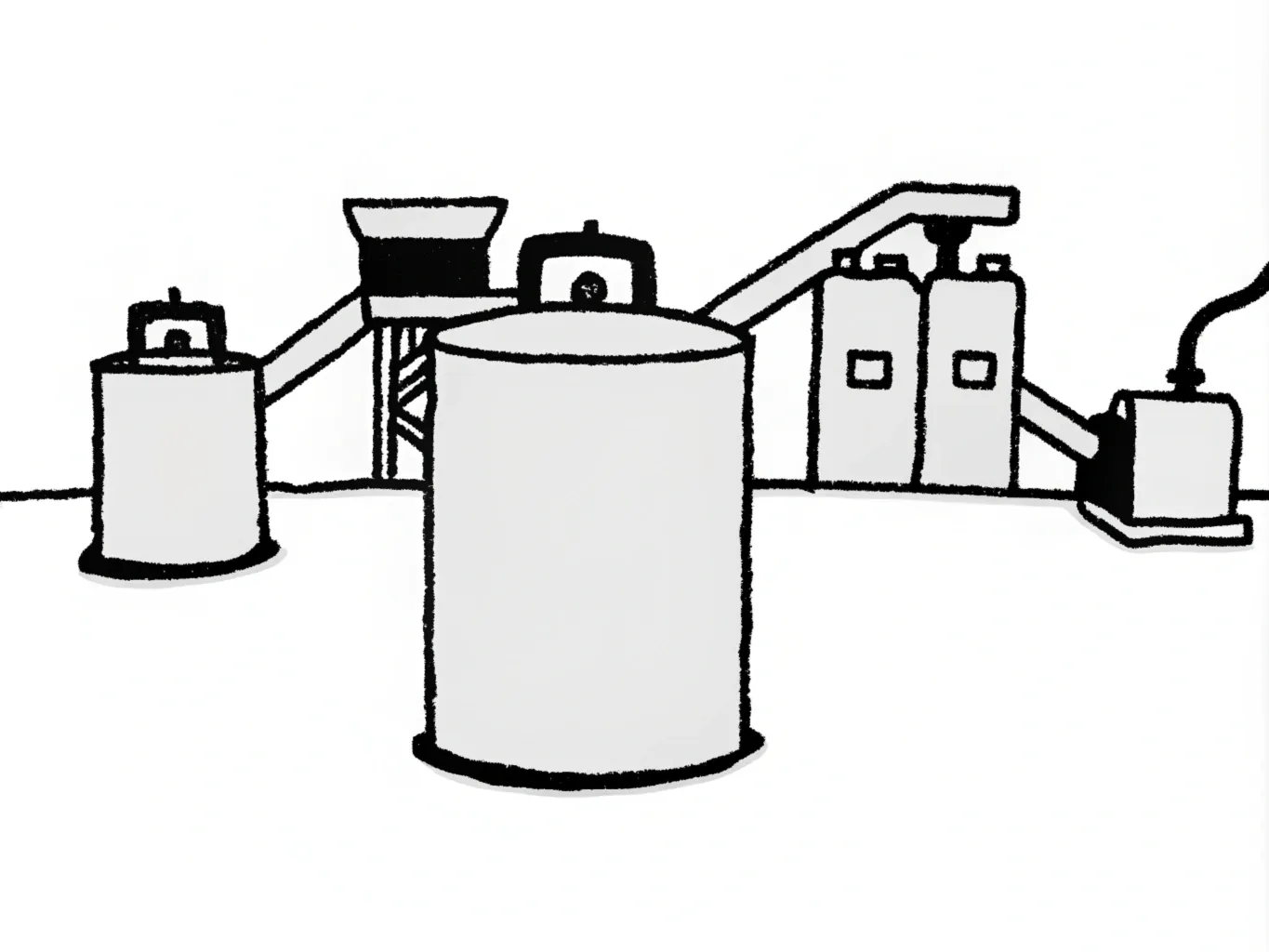What Are Centrifugal Dryers?
Centrifugal dryers are specialized machines used in the plastic recycling industry to separate and dry plastic materials. They leverage the power of centrifugal force to remove moisture from plastic granules or flakes after washing processes, ensuring that the recycled plastic is dry enough for further processing or melting.
How Do Centrifugal Dryers Work?
- Loading and Spinning:
- Plastic materials, often in the form of flakes or pellets, are loaded into the drum of the centrifugal dryer.
- Once loaded, the drum spins at high speeds. The rapid rotation generates centrifugal force, which pushes the plastic materials outward against the drum’s inner surface.
- Water Removal:
- As the plastic spins, water, which has a lower density than plastic, is forced towards the center of the drum due to the centrifugal force.
- Small perforations or screens in the drum allow water to escape while retaining the plastic. This process separates the water from the plastic, significantly reducing the moisture content.
- Drying Efficiency:
- The efficiency of drying depends on several factors including the speed of rotation, the design of the drum, and the duration of the spin cycle. Higher speeds typically lead to better moisture removal but must be balanced with the integrity of the plastic material to avoid degradation or damage.
Key Components of Centrifugal Dryers:
- Drum: The heart of the dryer where the centrifugal action occurs. It is designed to withstand high centrifugal forces while allowing water to escape through perforations.
- Motor: Drives the drum at high speeds. The power and efficiency of the motor directly affect the dryer’s performance.
- Control System: Modern centrifugal dryers come with automated controls to manage speed, temperature, and cycle duration for optimal drying.
- Collection System: Captures the separated water, which can often be recycled back into the washing process or treated for reuse.
Why Use Centrifugal Dryers in Plastic Recycling?
- Improved Quality of Recycled Material: Dry plastic is crucial for the subsequent steps in recycling like melting and extrusion. Moisture can lead to defects in the final product, reducing quality.
- Energy Efficiency: By removing water before heating processes, centrifugal dryers reduce the energy required to evaporate moisture, thus lowering operational costs.
- Faster Processing: Drying plastic quickly allows for faster turnaround times in recycling operations, enhancing productivity.
Maintenance and Considerations:
- Regular Cleaning: To prevent contamination and maintain efficiency, the drum and screens must be cleaned regularly.
- Balancing Load: Overloading or uneven loading can cause vibrations, impacting the life of the machine or the quality of drying.
- Inspection: Regular checks on the motor, bearings, and seals ensure the dryer functions at peak efficiency without breakdowns.
Incorporating Centrifugal Dryers into Your Recycling Process:
When setting up or upgrading a recycling facility, integrating centrifugal dryers can significantly boost your operation’s efficiency. Here are some steps:
- Assess Material Type: Different plastics might need different treatment, so choose a dryer that matches your primary material types.
- Size and Capacity: Match the dryer’s capacity with your production needs to avoid bottlenecks.
- Aftermarket Support: Look for suppliers offering good service support, as these machines require maintenance.
For further reading on optimizing your recycling process, check out our guide on Effective Washing Systems for Plastic Recycling (URL-to-relevant-article), which explains how cleaning impacts the drying process.
Conclusion:
Centrifugal dryers play a pivotal role in the plastic recycling industry by ensuring the material is dry and ready for further processing. Understanding their mechanics, maintenance, and integration into your recycling workflow can lead to more efficient, higher-quality recycling outputs. If you’re considering upgrading your recycling technology, remember that the right centrifugal dryer can make all the difference in your process’s efficiency and product quality.



